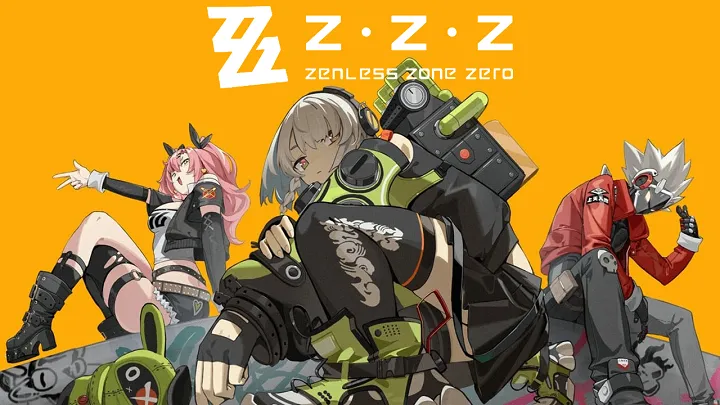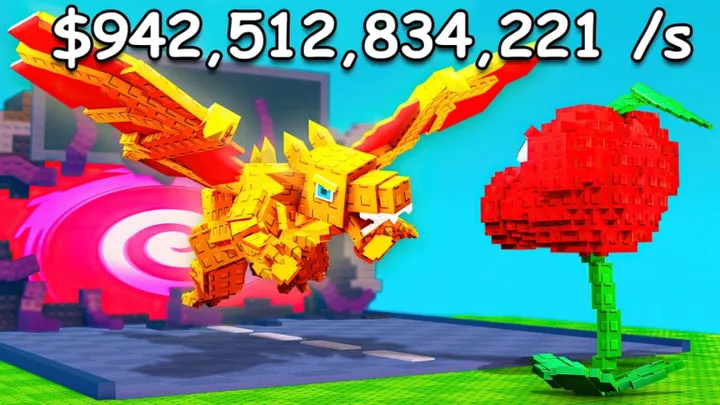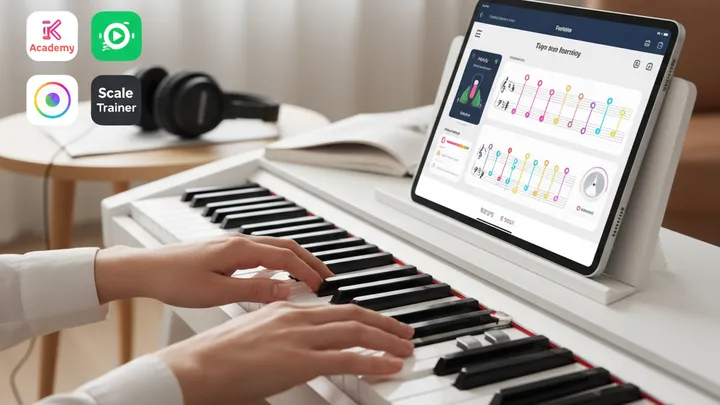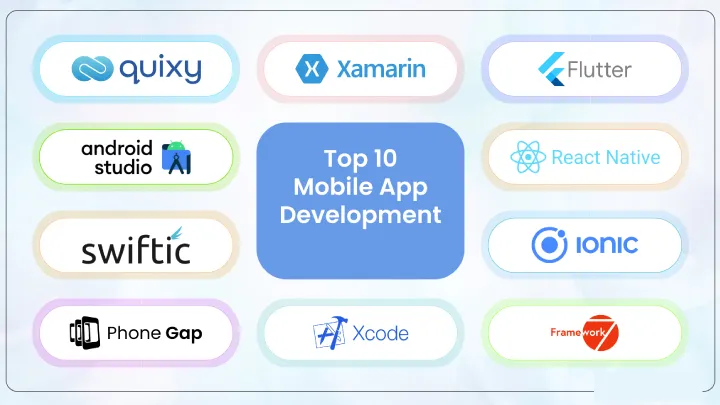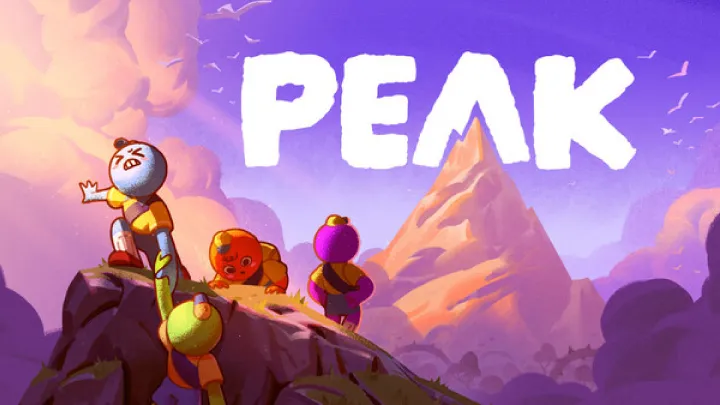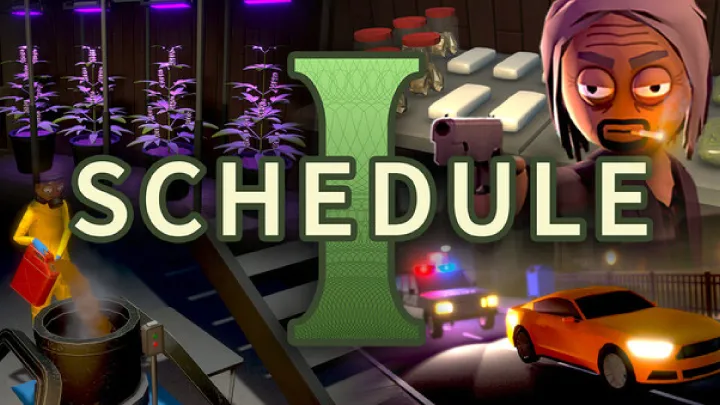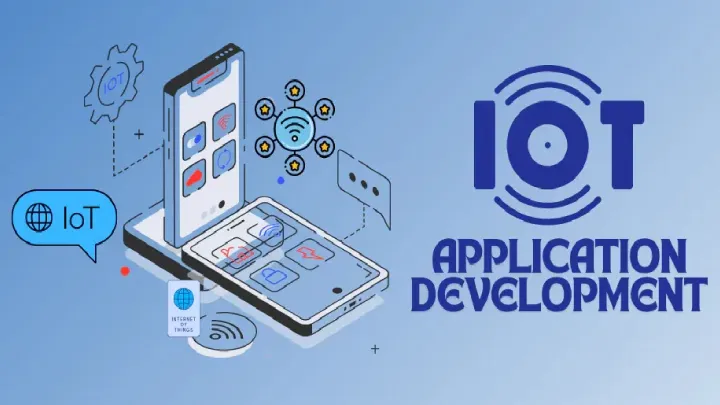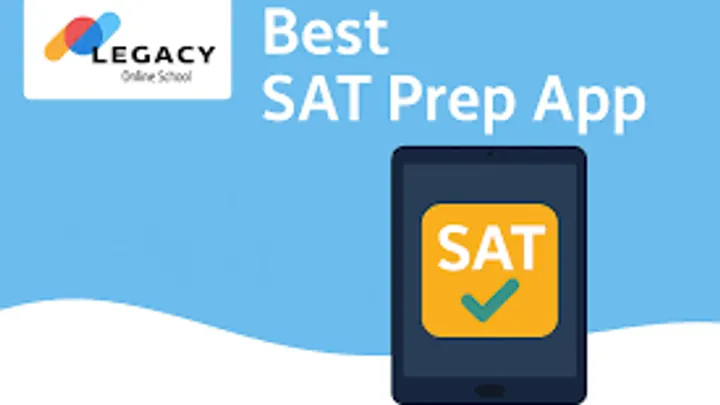Introduction
IoT application development (non-smart home) harnesses connected devices for industrial monitoring, predictive maintenance, and environmental sensing, a sector exploding in 2025 with 30 billion non-consumer devices projected per Statista, driving efficiency at companies like Siemens and Bosch. Mobile apps make this exploration practical with protocol simulators, code editors, and device emulators, enabling MQTT pub-sub or CoAP requests during field tests without a full gateway. This review curates the top 6 apps for non-smart home IoT education, selected from 2025 app store ratings, IoT dev forums, and insights from sources like Adafruit and Particle.io. Each app details features, strengths, and weaknesses (as tailored paragraphs), with an overall evaluation without scores. From novices flashing ESP32 firmware to pros orchestrating LoRaWAN meshes, these iOS- and Android-optimized platforms provide over 2000 words of connected guidance to IoT your development anywhere.
1. Blynk
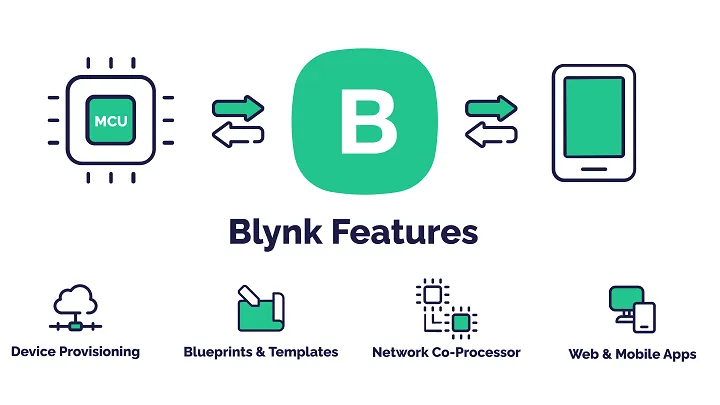
Overview: Blynk's mobile app enables IoT app development for sensors and actuators, with drag-drop dashboards and code integration for ESP32/Raspberry Pi.
Strengths: Visual builder connects MQTT to virtual pins for realtime data viz, free tier supports 5 projects with offline prototyping. Tutorials guide from BLE to cloud, community libraries share industrial gauges. Exports Arduino sketches, supports Modbus for PLCs.
Weaknesses: Dashboard-focused light on low-level protocols, free limits devices to 2. iOS/Android strong but exports need IDE.
Overall Evaluation: Blynk prototypes IoT apps visually, ideal for sensor fleets, though protocol depth favors supplements.
2. Adafruit IO
Overview: Adafruit's app teaches IoT development with MQTT dashboards and feeds for data logging and alerts in non-home sensors.
Strengths: Free tier 30 feeds with offline data export, tutorials from AIO to Edge TPU for edge ML. Community dashboards share environmental monitors, supports HTTP/CoAP. Integrates CircuitPython for quick prototypes.
Weaknesses: Adafruit hardware-tied, mobile viewer secondary to web. Free caps 10K messages/month.
Overall Evaluation: Adafruit IO logs IoT data scalably, great for makers, caps constrain large fleets.
3. Particle Console
Overview: Particle's app develops IoT apps for Photon/Argon boards, with OTA updates and fleet management for industrial devices.
Strengths: Cloud console deploys firmware remotely, free tier 3 devices with offline code editor. Tutorials cover Device Cloud API for analytics, community fleets share asset trackers. Supports cellular for remote sensors.
Weaknesses: Particle hardware-locked, mobile OTA iOS limited. Free limits 100K events/month.
Overall Evaluation: Particle Console manages IoT fleets remotely, industrial pros ideal, hardware ties narrow.
4. Tinkercad Circuits
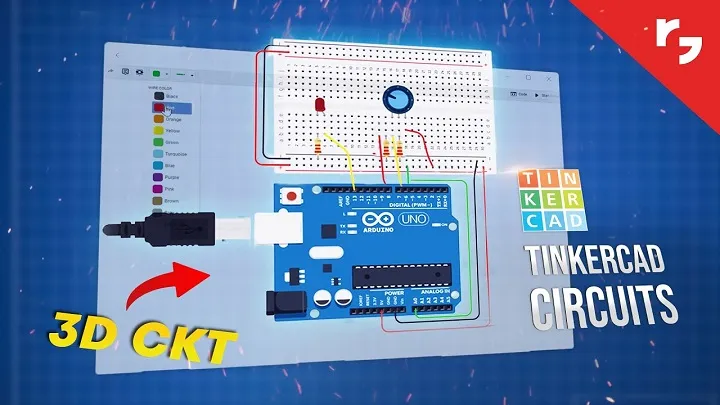
Overview: Autodesk's Tinkercad app simulates IoT circuits with code blocks for sensors and ESP8266, focusing non-home prototypes.
Strengths: Drag-drop wires to code, free with cloud saves for industrial sims like vibration monitors. Offline mode caches projects, exports Arduino sketches. Multiplayer collab edits circuits realtime.
Weaknesses: Simulation-only no hardware, block code limits low-level. iOS/Android parity uneven.
Overall Evaluation: Tinkercad simulates IoT circuits engagingly, novices great, hardware depth absent.
5. B4R (Basic4Raduino)
Overview: B4R's app codes IoT apps for Arduino with visual designer for non-home sensors like temperature loggers.
Strengths: Rapid prototyping with libraries for BLE/MQTT, free trial with $49 license. Offline compiler, tutorials from serial to WiFi. Community forums share industrial recipes.
Weaknesses: B4R language niche, mobile designer secondary to desktop. License gates full features.
Overall Evaluation: B4R prototypes IoT rapidly, Arduino fans ideal, niche limits.
6. AWS IoT Device SDK
Overview: AWS's app teaches IoT development with SDK samples for Shadow and MQTT, for edge devices in industrial settings.
Strengths: Free tier 25K messages/month, offline samples for C++/Python. Tutorials fleet provisioning, community examples for predictive maintenance. Integrates Greengrass for edge.
Weaknesses: AWS-locked, mobile samples read-only. Setup needs console.
Overall Evaluation: AWS IoT SDKs industrial devices cloudily, AWS users great, lock narrows.
Conclusion
Exploring IoT application development (non-smart home) on mobile connects 2025's industrial revolution, from factories at Siemens to fields at John Deere, and these six apps wire your ascent. Beginners Tinkercad sims or Blynk dashboards, pros Particle fleets or AWS Shadows. Standouts Adafruit logs, B4R rapid—but hardware or caps stacks. As 5G IoT surges, adapt. Sense daily, pub MQTT, blend apps to IoT empires that monitor masterfully.
